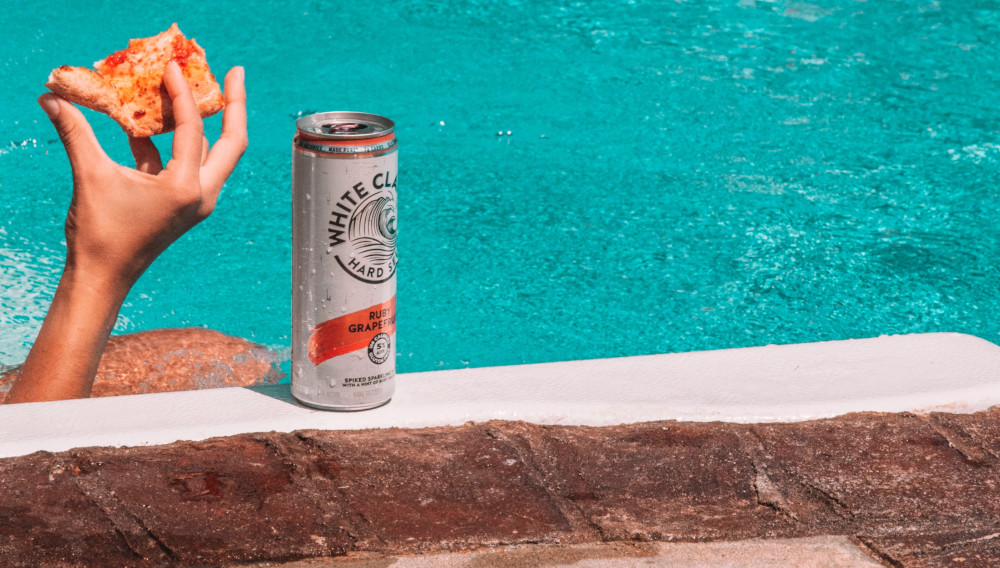Sales of hard seltzer continue to rise
USA | With sales tripling in 2019, the low-calorie fruity boozy water continues to be a sensation. The segment leader, White Claw, owned by Mark Anthony Brands, now outsells Budweiser, while number two, Boston Beer’s Truly is bigger than Heineken.
According to data published by Nielsen, White Claw commanded a 5 percent share of dollars within the beer category for the four-week period ending 27 June. Meanwhile, the second-ranking Truly is now bigger than Heineken, having surged to a 2.6 percent share.
Hard seltzers have grown to represent an estimated 8 percent of the beer market in terms of dollar sales. In 2019, the category had sales in excess of USD 2.5 billion, with White Claw alone raking in USD 1.5 billion.
Because of consumer interest, more brands have entered into the market. At the beginning of 2018, there were ten hard seltzer brands on the market. A year later, there were 26 brands, and today there are over 65 brands competing for shelf space, according to Nielsen. White Claw and Truly together, still control about 60 percent of the market (in value), but, not content to be spectators in the high-growth bright spot, all of the major brewers have launched seltzer brand extensions, leveraging their flagship beer brands.
Bud Light Seltzer (ranked third with a 9.9 percent market share), Corona Hard Seltzer (ranked fourth) and Coors Seltzer have joined the fray, supported by vast marketing budgets and broad distribution.
Big brands dominate
Although White Claw is leading the way with a 40.8 percent value share, followed by Boston Beer (19.9 percent), AB-InBev’s Bud Light Selzer, launched in January, has already managed to claim 9.9 percent of the category, ahead of Diageo (8.3 percent), and Molson Coors (6.6 percent). Constellation Brands’ Corona Hard Seltzer has 3 percent, leaving the others with a combined share of 11.5 percent.
Despite the global pandemic, Big Beer continues to invest behind the hard seltzer category, which has proven resilient given its heavy off-premise skew, with 90 percent of sales purchased at retail for at-home consumption.
As explained Dave Burwick, Boston Beer’s CEO, recently, sales of hard seltzer have been boosted by three consumer trends: health and wellness, the desire for variety and new flavours, plus premiumisation.
Consumers of hard seltzer are mostly younger (21 to 39 years) and affluent. Both men and women enjoy it. Best of all, they don’t regard hard seltzer as a beer. They see it as something that is unique.
Boston Beer reckons that the hard seltzer category could expand by 150 percent in 2020 over 2019.


